Healing Garden: A healing garden landscape based on postdisaster physical and mental recovery
When a major epidemic occurs, many of us will have a stress response and develop psychological problems such as anxiety, tension, fear, and even despair, which affect our physical and mental health. The domestic epidemic situation is gradually improving, and we have also experienced a major psychological test, while South Korea, Italy and other places are repeating our mistakes, and the number of people affected is gradually increasing.
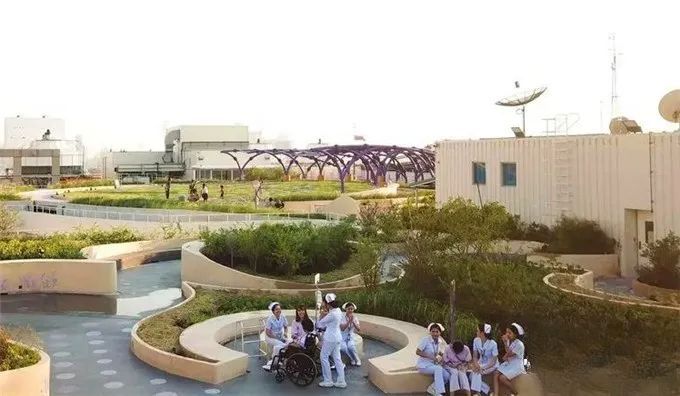
In the face of trauma caused by the epidemic, how can we make use of horticultural therapy and how should garden landscapes be created?
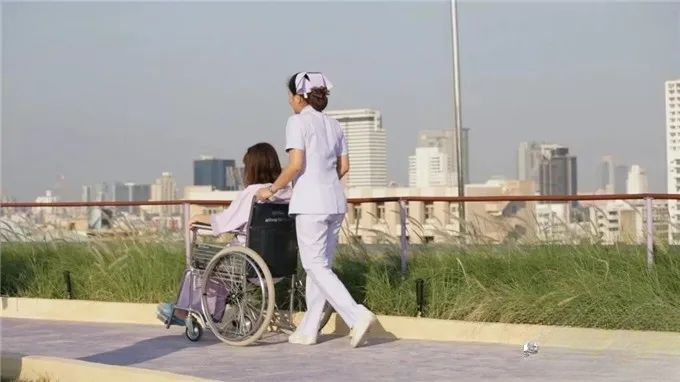
With the advancement of medical technology and the improvement of people's overall health awareness, the connotation and extension of rehabilitation gardens based on medical environments are constantly expanding, and the scope of application has also expanded from the original medical outdoor space to non-medical space.
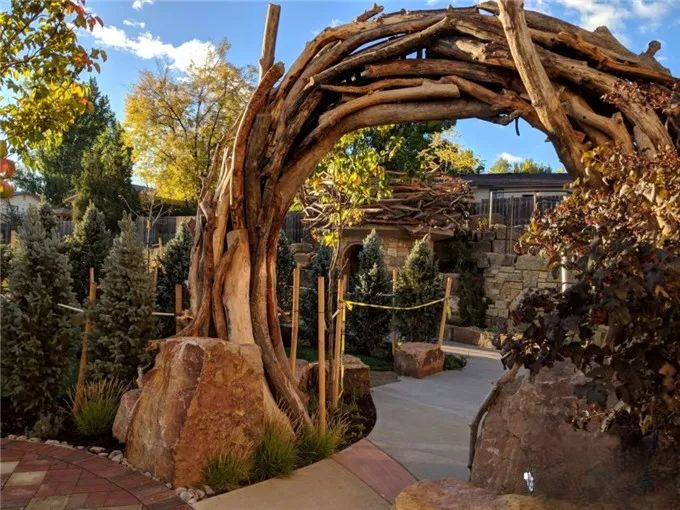
In addition to patients, family members, and medical staff, through the combination of activity plans and space design, even the elderly, children, teenagers, and general urban residents can choose to use horticultural therapy activities to improve their personal condition.
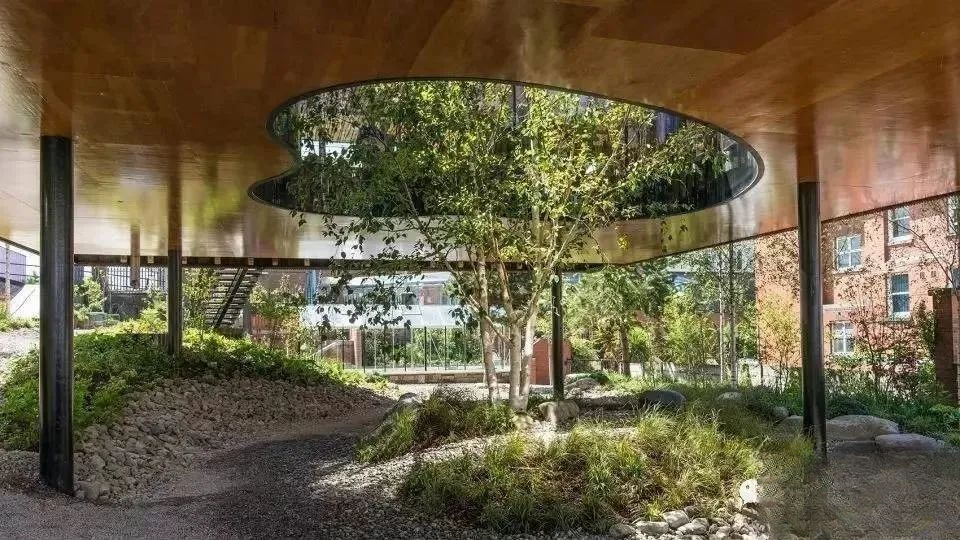
▲Garden of Maggie's Health Care Center
A healing garden cannot directly cure illness, but it can help in at least the following ways:
1) Help users relieve stress and achieve a good balance of body;
2) The flowers and plants in the healing garden can enhance the user's self-healing ability;
3) Help patients achieve therapeutic effects that cannot be achieved by conventional medical treatment;
4) Create a good environment to facilitate physical therapy and horticultural therapy for users;
5) Provide a place to relieve work stress for hospital staff and people under high pressure;
6) Provide a quiet and peaceful environment for patients and visitors to interact within the hospital.
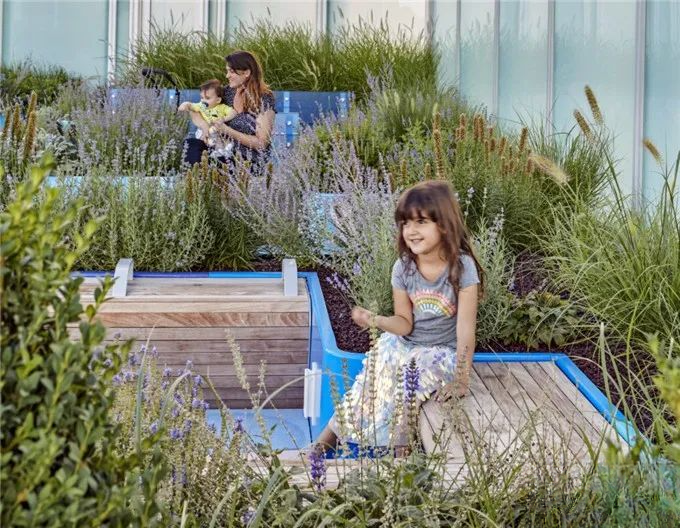
▲Rooftop healing garden at Boston Children's Hospital
In the healing garden, people can stimulate their senses, relieve stress, get rid of numbness and fatigue, and regulate disordered physiological functions by resting, viewing the scenery, meditating, and breathing aromatic air.
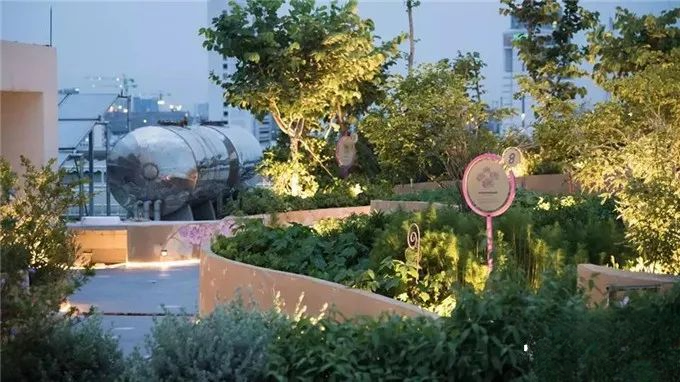
Characteristics of a healing garden
Ecology
Different from the landscape of city squares, natural factors are the main components of healing gardens. Healing gardens integrate and match various natural elements to build a landscape space that is infinitely close to the natural environment. By leveraging the power of nature, they stimulate the positive emotions of users and eliminate post-disaster physical and mental barriers.
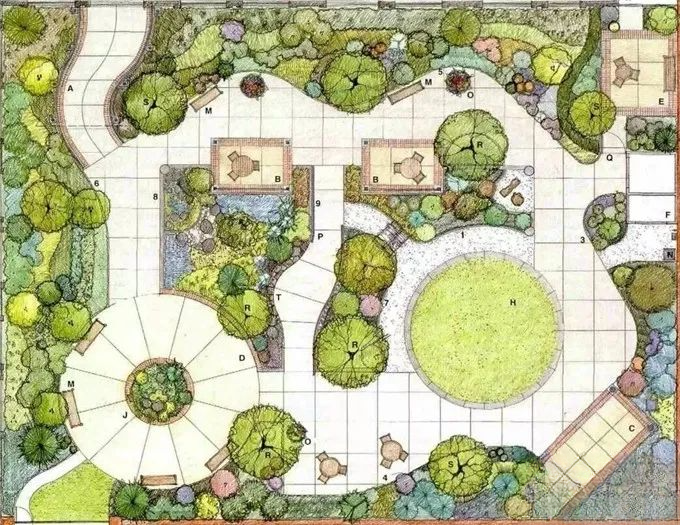
▲Oregon Burn Center Healing Garden
Plants are key natural elements in healing landscape design. We try to increase the number of plant species in the space and use different types of plants to match them so that people can fully experience the fun brought by the details, thereby exercising the body and soothing the mood.
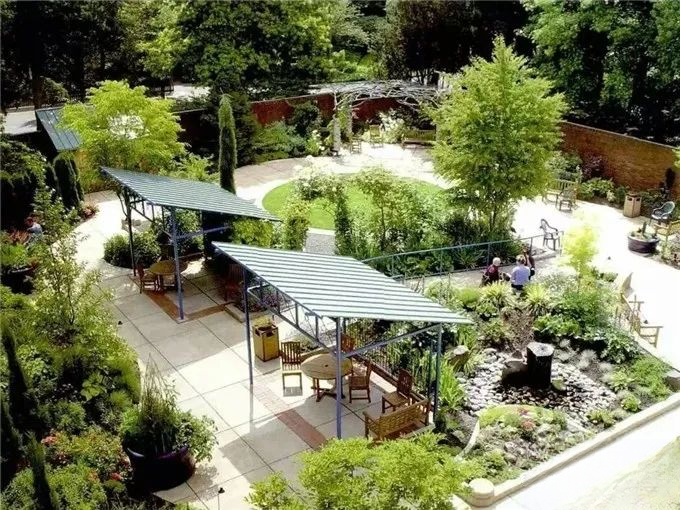
▲Oregon Burn Center Healing Garden
interactive
Since a considerable number of users of healing gardens have physical or psychological problems, healing gardens need to stimulate and improve users’ senses through certain colors, rhythmic sounds, directional smells, and pleasant textures; healing gardens also need to use highly operable interactions to pull people out of their own bad states and distract their attention from physical and mental discomfort.
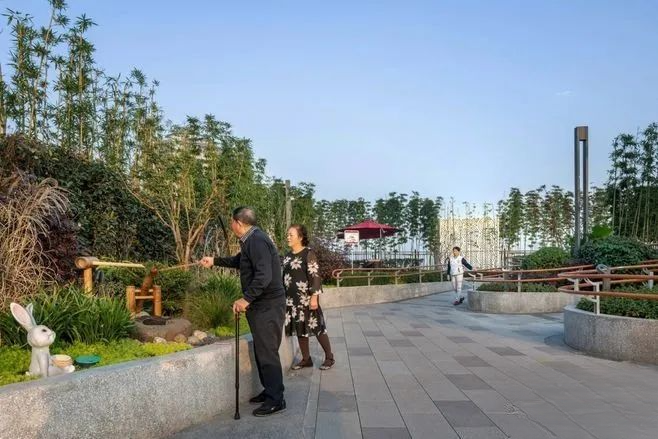
Humanization
The users of healing gardens cover a wide range of people. During their design and use, the needs of each group of people and the demands of users of all ages must be fully considered.
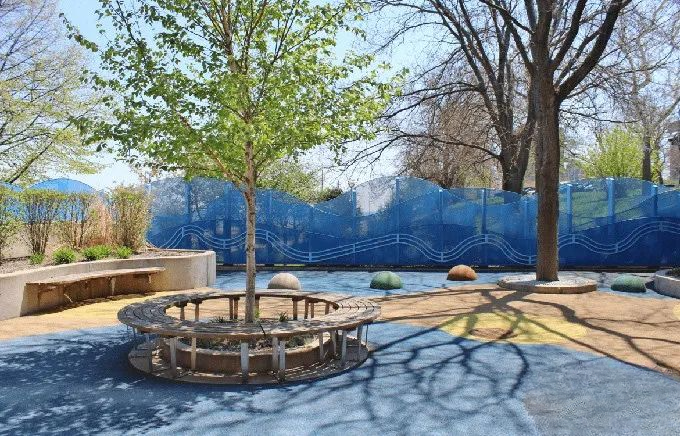
Design Essentials for a Healing Garden
As a special space for horticultural therapy activities, the healing garden pays great attention to the following aspects in site design:
(1) A courtyard space that is easy to perceive with all five senses;
(2) A gardening space where participants can take care of plants;
(3) A friendly environment for people with limited mobility.
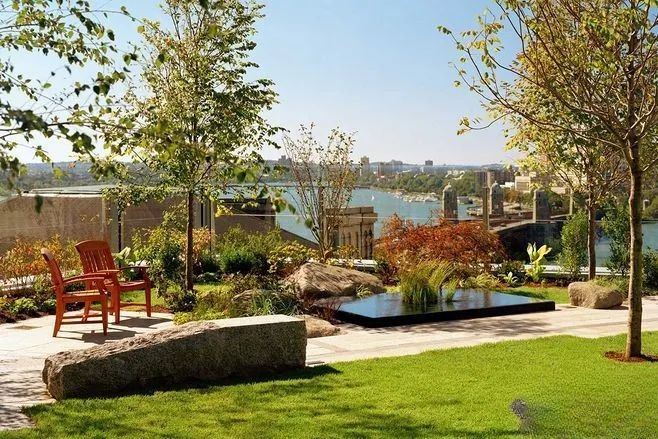
Creating barrier-free walking spaces
Taking into account the mobility difficulties, weak self-care and reaction abilities of the physically and mentally disabled and sub-healthy people after the disaster, the design of the passages in the healing garden should be based on the principle of barrier-free accessibility.
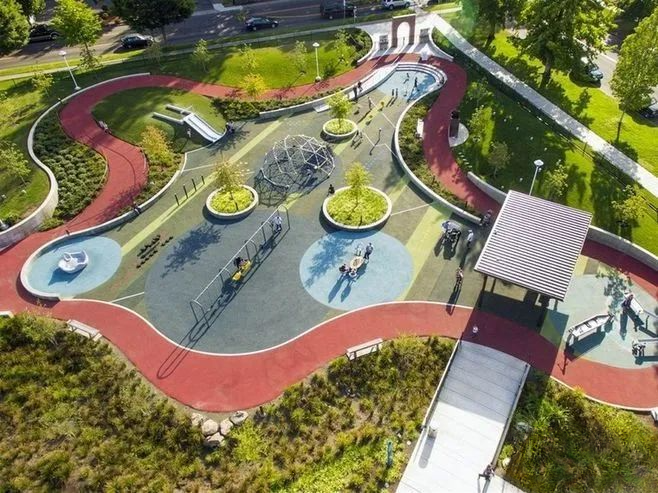
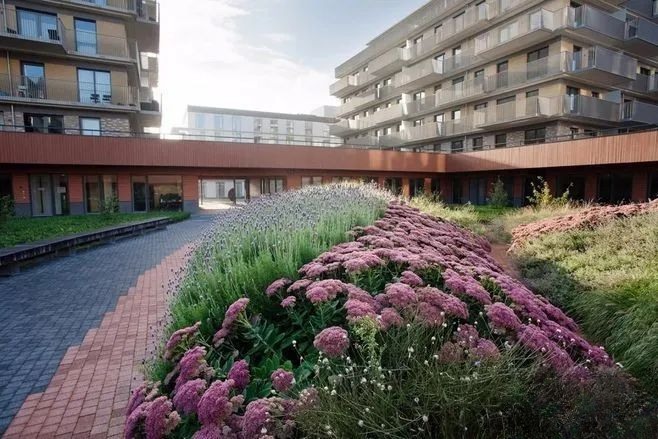
The walking surface is safe, smooth and barrier-free. The material selection for the garden path is required to be waterproof, non-slip and anti-glare. The width of the trail is at least 1.5 meters to ensure that wheelchairs can turn normally, and the two-way trail is at least 2.1 meters.
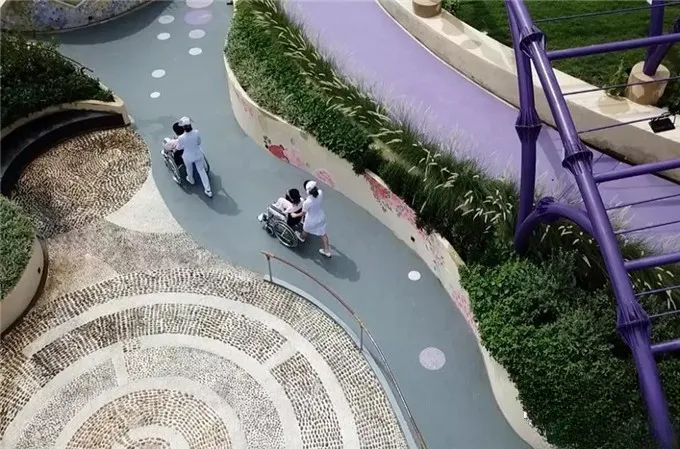
Install handrails or railings and wheelchair protection facilities in areas with large slopes to prevent falls. For special roads, consider using special colors, such as "Hospital Street" or "Blue Corridor", with blue as the main color of the wall and ground, or draw colored lines.
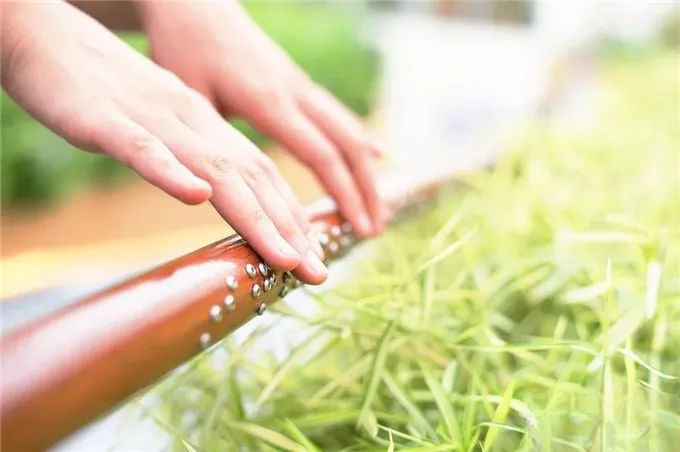
Create rest and exercise spaces
Taking into account the diverse needs of users, healing gardens can be equipped with rest spaces and exercise spaces.

Some people want to quietly remember and relax. In addition to ensuring the comfort of the rest facilities, the design of the rest space also needs to bring visual pleasure to the users. The form, smell, texture, seasonal changes and color of the plants should be diverse. The privacy of the rest space should also be different. The reasonable configuration of plants can create different types of spaces such as open space, semi-open space, private space, etc. with a limited area. At the same time, reduce the complexity of the space and reduce additional use pressure.
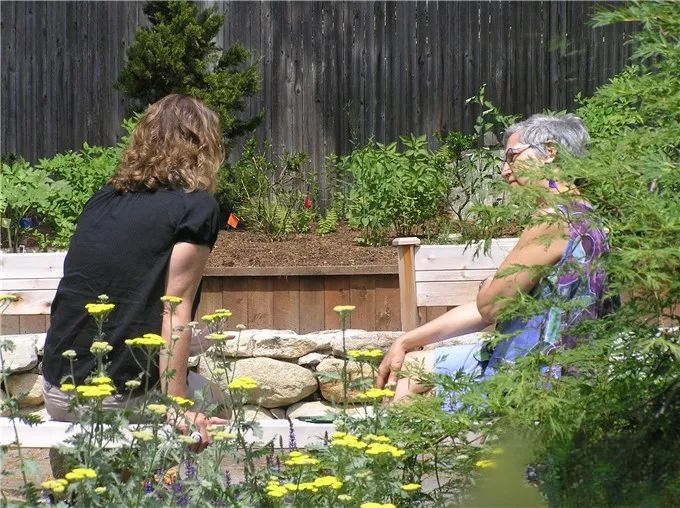
Some people need activities to forget their sorrows, and sports spaces can provide conversation, entertainment, rehabilitation, etc. Sports spaces mainly set up some fitness facilities, and use plant planting and gardening activities to give users more opportunities to contact nature, thereby improving and regulating users' physical and psychological functions.
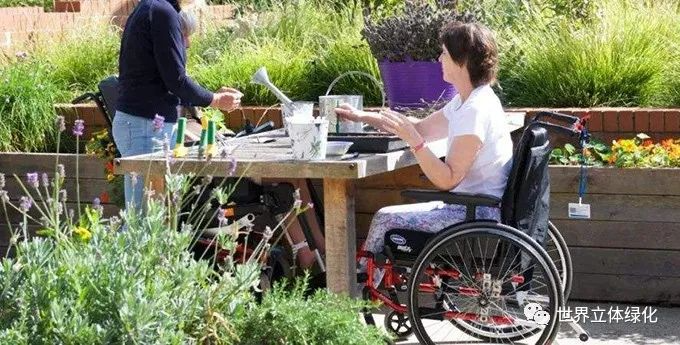
Sports spaces should avoid facilities that may cause harm to people with limited mobility and children. The environment should be safe and comfortable, and its location should provide easily accessible, comfortable and convenient connections to ensure the accessibility of the space.
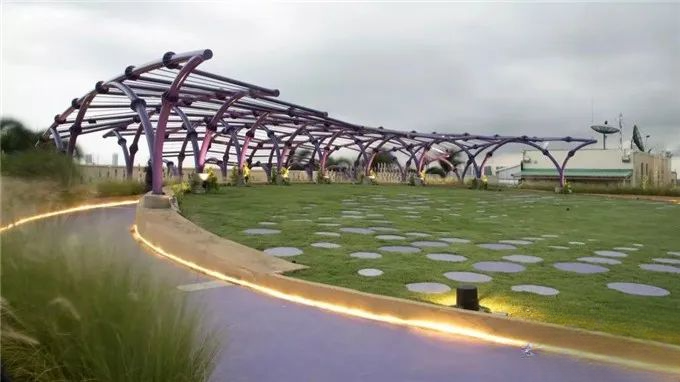
Horticultural therapy in the design of healing gardens
Sensory Therapy:
By setting up varied experiences of the five senses and creating a "five-sense garden", we strive to open up the user's all-round perception system and create a healing space with emotional texture.
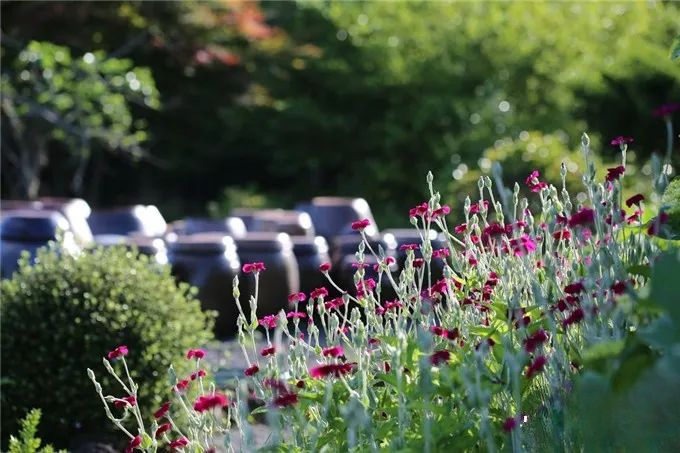
Work therapy:
Active participatory therapy, gardening activities are a type of activity that can feel the beauty of nature. A separate activity area can be set up to encourage users to personally select the plants to be planted and to carry out maintenance management such as watering, fertilizing, and pruning. Landscape design that applies labor therapy should focus on the diversity and safety of labor forms, be able to closely integrate into the surrounding natural environment, and give full play to the role of natural elements in promoting human physical and mental health.
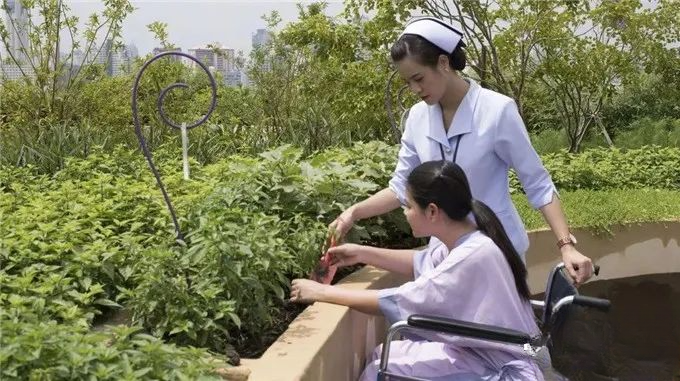

Horticultural therapy activities in the healing garden:
There are five common types of horticultural therapy activities used in healing gardens:
Craft activities that emphasize handcrafting: making plant accessories, plant dyeing, handmade garden trails, etc.
Group activities that can be done in groups: plant-related educational games, storytelling, movie or music appreciation.
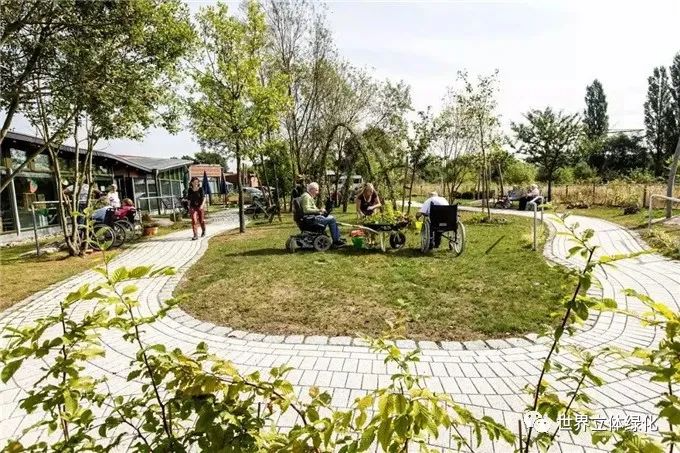
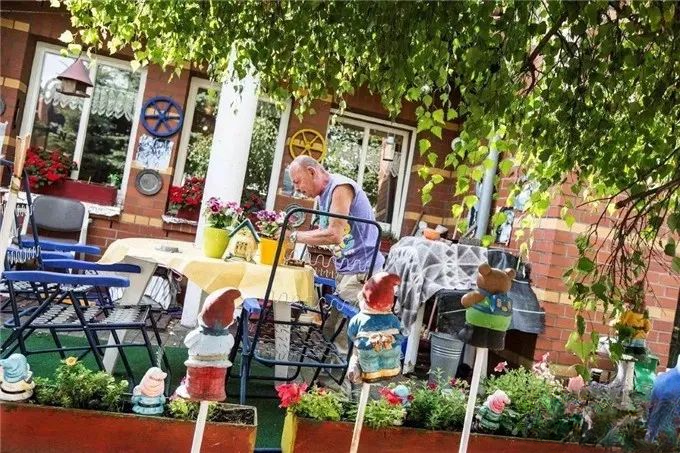
Hiking and outing: The quiet and pleasant trail scenery always inspires the elderly to take a walk in the garden.
Hands-on cultivation and planting activities conducted indoors and outdoors: floral design, planting flowers, vegetables and fruits, garden environment maintenance, etc.
Outdoor teaching: Learn about insects, plants, animals, soil, etc. outdoors.
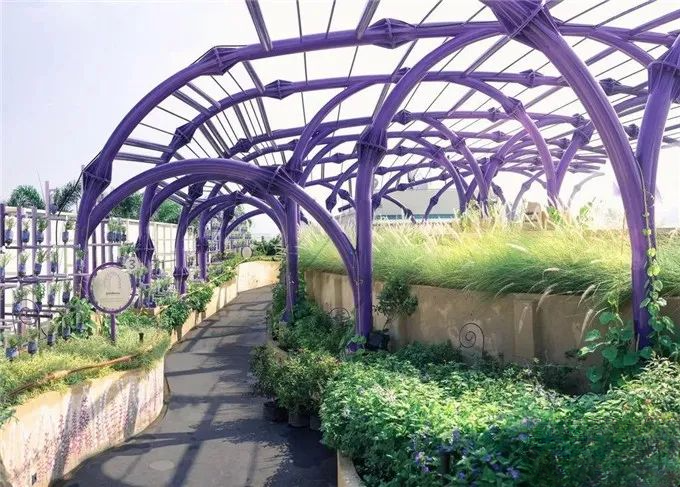
In the process of urban ecological transformation and landscape improvement, the quality of idle land in urban communities can be improved and combined with healing gardens to achieve functional creation. As a natural form of recuperation that combines treatment and rehabilitation, healing gardens are gradually entering health and wellness towns and tourist towns. They can serve as important outdoor health places for building future communities of "health and wellness for all" and will also play a major role in future community construction.

